20 Pokemon Based on Rare Real-life Animals: The Uncanny Resemblance
At one point in our lives, watching and playing Pokemon made us wish they were real. But as we grew older, we came to notice that these friendly companions we loved on screen were all based on real-life creatures. Some are obvious, like Seel, which is based on a seal; Meowth, which is a cat; and Ekans, which is based on a snake, but some of these are unfamiliar ones because they are inspired by lesser-known animals or mythical creatures.
Be it in Pokemon games or in the series, it is a comfort to all when Pokemon resemble animals that will accompany you through the open-world exploration and battles with other trainees. We have collected 20 pokemon with lesser-known origins from the nearly 1,000 currently existing pokemon with tons of designs. Come along and meet them now!

Black-Throated Magpie Jay as Articuno
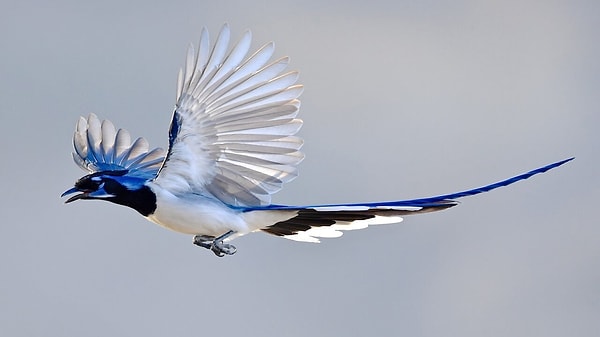
As one of the three legendary bird pokemon in the Pokemon Red and Blue series, Articuno appears to be a magnificently looking bird, which a Black-Throated Magpie Jay actually is in real life.
The feathers on the head and long tail of the native Mexican bird were believed to closely resemble Articuno. But in contrast to the legendary Articuno, the magpie jay is much more common in its area. Articuno's Galarian form, on the other hand, is more difficult to trace back to what type of bird it came from, as it appears to be masquerade fashion in design rather than its real-life magpie-jay counterpart.
Leafy Seadragon as Dragalge
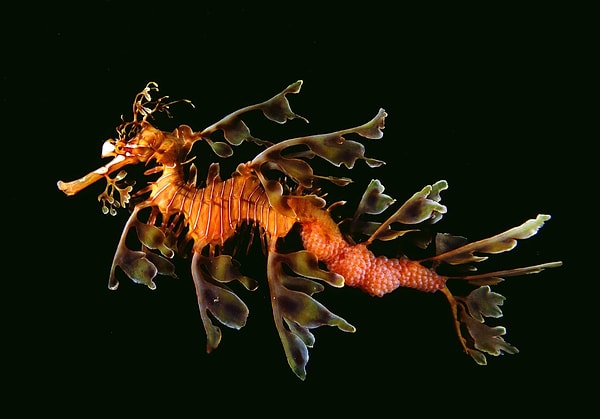
This Pokemon is a leafy sea dragon. Dragalge is part poison and part dragon; its counterpart can be found on the western coast of Australia. Dragalge’s skinny, leaf-like appendage and its tailfin appearance, which resembles a large leaf, were found to be the inspiration for its name. Despite Dragalge’s ability to release poison, Leafy Seadragon's own way of protection is through blending into its surroundings with its leaf-like body.
Long-nosed Chimera as Gorebyss
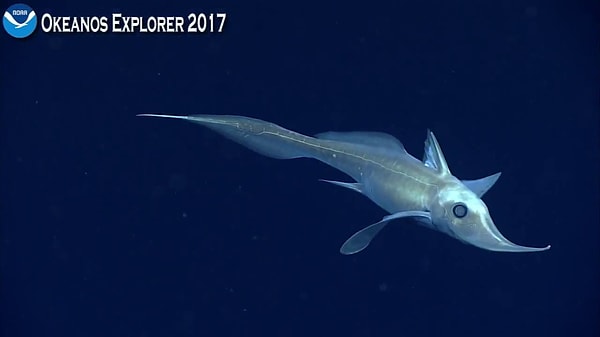
The water-type Pokemon Gorebyss was inspired by the real-life Long-Nosed Chimaera, a type of fish distinguished by its long and protruding snout. The long-nosed chimera is extremely elusive, living at abyssal depths of 3,000 feet and below. Distant cousins to sharks and rays, their primary defense is their venomous barb at the back of their heads.
Despite its pretty appearance, learning about Gorebyss is definitely a little scary, as their iconic long nose was used to suck in the body fluids of their prey—a kill surely worth running away from.
Stargazer as Stunkfish
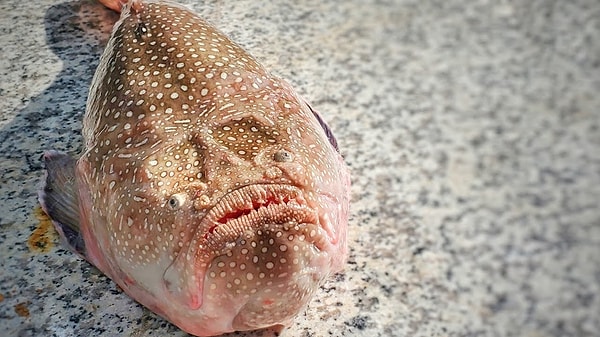
Because it was inspired by a creepy-looking fish known as a Stargazer, Stunkfish appears in the revolutionary Black and White generation with no elegant design. They are saltwater fish with their eyes on the tops of their heads.
Despite having a pretty captivating name, 'Stargazer' is a fish with a flat body and weird placement of its mouth and eyes, which ambush unsuspecting passersby. Stunkfish, being the wacky pokemon counterpart, was described as one of the weird-looking pokemon in the series.
Axolotl as Wooper
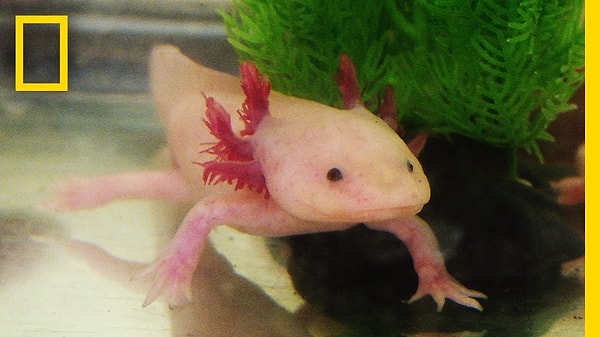
Wooper’s name is based on the Japanese term used for the marketing of Axolotl as pets: Wooper Looper. It's a no-brainer that it's based on Axolotl, a walking fish.
Axolotl is a rare Mexican salamander with some very unusual traits, like having far-apart eyes, frills or pointy parts on the side of their heads, lidless eyes, and large tails. They are increasingly common pets in many parts of the world because they never undergo metamorphosis and look forever young. Wooper is then considered one of the most creatively named Pokemon.
Yelloweye Rockfish as Magikarp
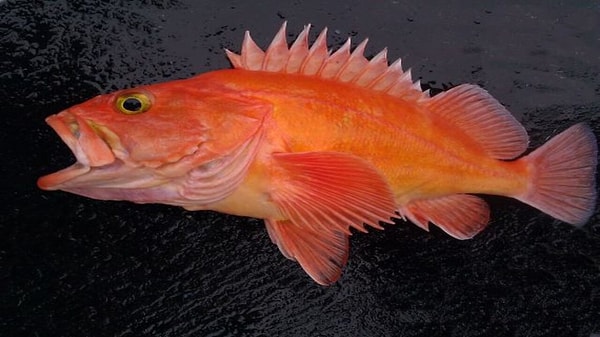
Magicarp is a water-type Pokemon that flops around while blinking its large bulging eyes with its mouth open, a design that is more associated with a Yelloweye Rockfish.
As one of the biggest members of the genus Sebates, yelloweye rockfish are everyone’s favorite meat. Similarly, yelloweye and magic carp are orange-colored and have long, rigid head spines to protect themselves from predators. Luckily, Magikarp is not a target for lunch in the series!
Gharial as Krookodile
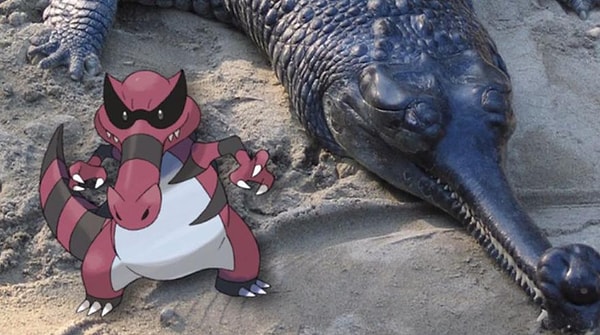
Obviously, Krookodile was inspired by a crocodile, but let’s make it more specific. Gharial, the Krookodile’s real-life counterpart, is a type of critically endangered crocodile native to India.
Similarly, Gharial is characterized by its long, thin snout with a little protrusion on its end that gets bigger with age. The only difference between Krookodile and Gharial is the ability to stand, which is fortunate because a standing Gharial will undoubtedly be troublesome.
Asian Tapir as Drowzee
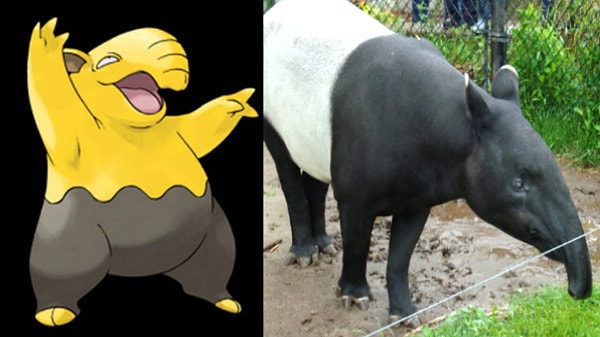
Drowzee was not inspired by an elephant, and certainly not by a pig with a long trunk. Drowzee is inspired by the elephant-looking animals called tapirs found in the jungles of Central and South America as well as Southeast Asia.
Similarly, Drowzee and Tapir have tired-looking eyes, a short trunk above their mouths, and triangular ears with brown interiors. Drowzee’s abilities were inspired by the Japanese folktale Baku, which shares a lot of physical traits with the tapir. Its Hypno evolution was also equivalent to tapir-like qualities, which are often overlooked by fans since their powers are quite unsettling. However, in reality, tapirs are considered Malaya’s national treasure.
Fennec Fox as Fennekin

The adorable fire-type Pokemon Fennekin first appeared in the Pokemon X and Y video, and its name is clearly based on the desert dweller Fennec Fox, who inspires its fire-based abilities.
The Sahara Desert is home to the Fennec Fox, which lives in endless sand with a few plants to help camouflage its tan coat. Just like its Pokemon counterpart, the Fennec Fox was also characterized by its distinctly large ears, which are used to cool themselves.
Skwovet as the Mundane Grey Squirrel
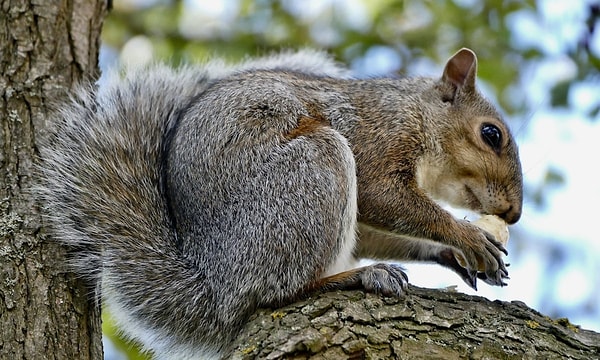
Skrovet is just a cartoonish representation of North American natives, mundane squirrels pushed beyond the realm of reality into full stylishness. Just like its counterpart, Skwovot is a small, slightly plump Pokemon with an orange nose and orange freckle markings on the tops of its cheeks. These creatures are also invasive species in the UK. They are especially common during the autumn, running around collecting acorns and other foods to bury for the winter.
Skwovet’s shiny form, which has a strong red hue, resembles the red squirrel native to Europe and Asia.
Yellow Collared Lovebird as Chatot

Chatot was first introduced in Generation 4 of the games. The yellow-collared lovebird was known for its ability to mimic human speech as well as its distinctive physical appearance.
Similarly, the Yellow-Collared Lovebird and its Pokemon counterpart were easily distinguished by their bright colors and ability to produce sharp, chattering calls. Luckily, the Yellow-Collared Lovebird can’t produce explosive waves the same way Chatot can.
Welsh Corgi as Yamper

Although Yamper is obviously a dog, not everyone is aware that it is based on a specific breed that originated in Wales, a breed most favored by Queen Elizabeth II.
This might be the reason why Yamper is best in the Galar region because this place is inspired by the United Kingdom, where most Welsh Corgis reside. According to folk stories, Welsh Corgis were favorite creatures to ride among fairies; therefore, fans are asking why Yamber did not become a
However, it is an electric-type Pokemon.
Sunda Pangolin as Sandshrew

Sandshrew, a ground-type Pokemon, was reportedly based on a Sunda pangolin. Although some fans have difficulty agreeing with this idea, this animal was typically found to have the same characteristics as our beloved Pokemon.
The Sunda pangolin is a type of mammal found in Southeast Asia that is distinguished by its prominent claw, which, like the Sandshee, is used for digging.It also appears that, even though theories suggested that the sandshrew is an armadillo because of its digging habits, its ability to roll into balls to protect itself makes the sandshrew a pangolin rather than an armadillo.
Brown Bear as Ursaring
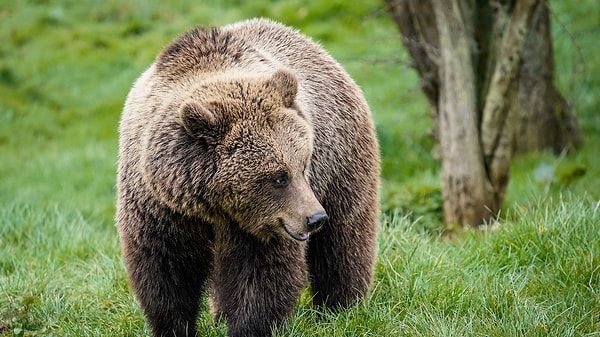
The evolved form of Teddiursa, Ursaring, was first introduced in the second generation of Pokemon games, Gold and Silver. The northern brown bear inspired the ground-type Pokemon.
Ursaring is characterized as an incredibly protective parent and can sniff out hidden treasure, which greatly reflects its animal counterpart. It lives in mountainous forests, sleeping in treetops and gathering food throughout the day. While they are skilled in climbing, Usaring prefers to collect food by breaking stems. As demonstrated in the anime, Brown Bear’s nose has the ability to smell 2,100 times better than other humans and seven times better than that of a bloodhound.
Eastern Tiger Swallowtail Caterpillar as Caterpie
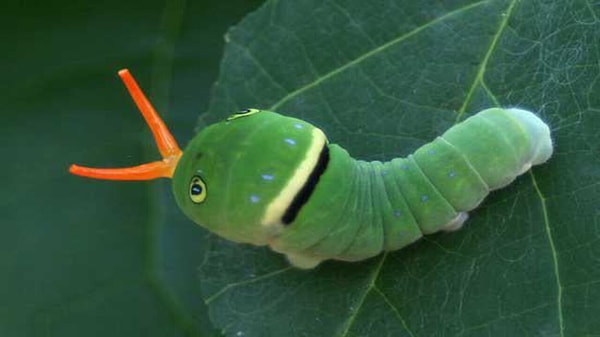
This Pokemon is obviously a caterpillar in reality, but to be specific, its design is based on the eastern tiger swallowtail caterpillar, which appears to have the same distinct green body with bright orange antennas.
The swallowtail is native to eastern North America, and similar to its Pokemon counterpart, it possesses an osmeterium, or an orange fleshy organ, that emits a foul smell to ward off the threats of its environment.
Platypus as Psyduck
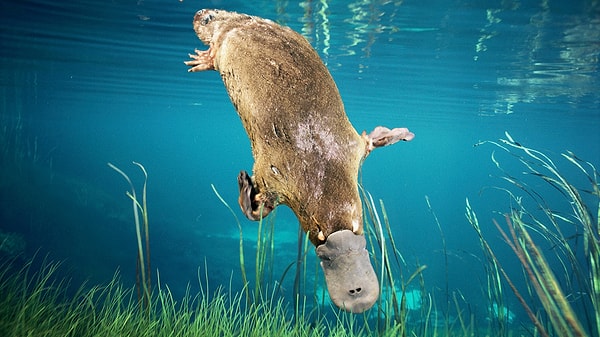
One of the most loved Pokemon featured in the Detective Pikachu movie, Pysduck, turns out not to be a duck but an odd creature called a platypus. Psyduck, although it looks and is named like a duck, actually resembles a yellow platypus with a vacant stare.
Platypuses are among the few mammals that lay eggs, and just like Psyduck, they spend most of their time around water, walk on their hind legs, have arms rather than wings, and are notably less prone to debilitating headaches.
Chromodoris lochi as Shellos
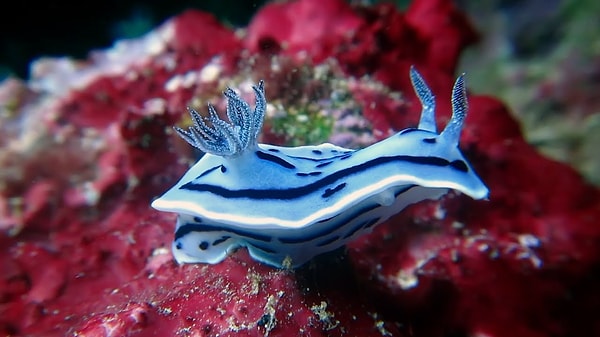
Shellos debuted in the Diamond and Pearl generations as a water-type pokemon based on the sea slug Chromodoris lochi, which comes in blue and pink varieties.
Shellos' counterpart can be found deep in the Indo-Pacific region and was a show-stopper due to its vibrant colors. Similarly, Shellos and Chromodoris exist as loyal members of the sea slug family; however, Shellos' evolution takes its turn as it resembles more an Opisthoranchia than a member of the sea slug family.
Raccoon Dog as Zigzagoon
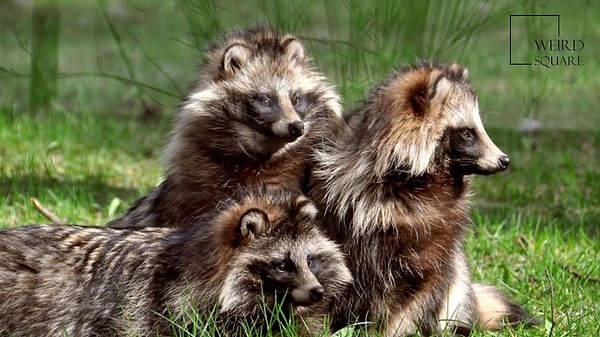
Adding to the line-up of particularly loved Japanese folklore like Studio Ghibli’s Pom Poko movie and the Tom Nook character in Animal Crossing, Pokemon also takes it as an inspiration for the Zigzagoon Pokemon.
Zizagoon has zigzag-patterned fur with alternating layers of white and brown fur, spiky ears, and a black nose topped on its brown furry head, giving it the appearance of a raccoon dog, with its bandit-like mask and black circles surrounding its eyes.
Transparent Glass-Frog Tadpole as Poliwag

Poliwag’s unique design in the first generation of Pokemon is seen to be associated with a transparent glass-frog tadpole existing in real life.
The swirling part of Poliwag’s body resembles the intestines of its counterpart animal, which can be seen with the naked eye. Poliwag's design, on the other hand, is a little more specific than your average tadpole in a muddy pond; its swirling patterns aren't as gross as those visible coils in the see-through skin of the glass frog tadpole, or it would ruin the pokemon Poliwag's cuteness.
Toucan as Toucannon
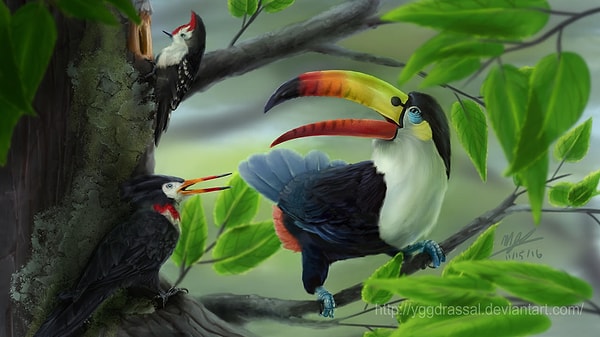
Introduced primarily in the Pokemon Sun&Moon is Toucannon which is said to represent an adult toucan. Its first form Pekipiek was solely a Woodpecker but its evolution guaranteed a Toucan as per the creator's decision.
Reflecting its counterpart animal, Toucanon is characterized by its jet-black feathers and beach with three bands whose colors lighten as it approaches the yellow base. Its mandible is a solid red which is smaller than its upper beak. Fortunately, Toucans do not have gasses inside their peak that will allow them to launch seeds enough to shatter boulders. Imagine if they defend themselves from the human hunters, it’s gonna be really bloody for sure.
Keşfet ile ziyaret ettiğin tüm kategorileri tek akışta gör!


Send Comment